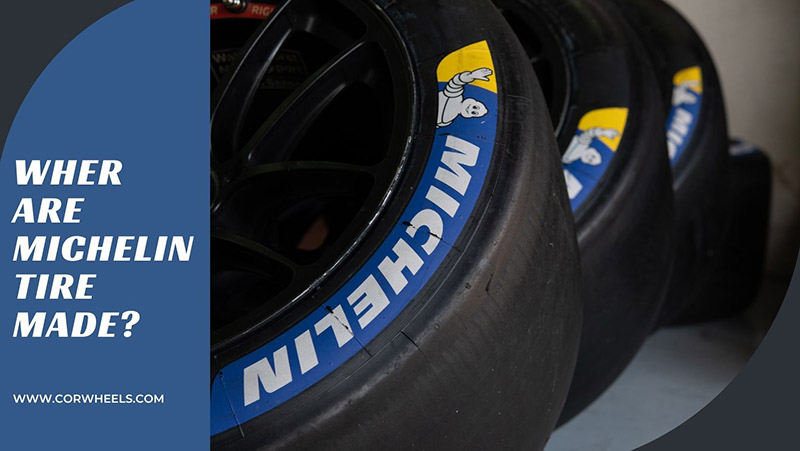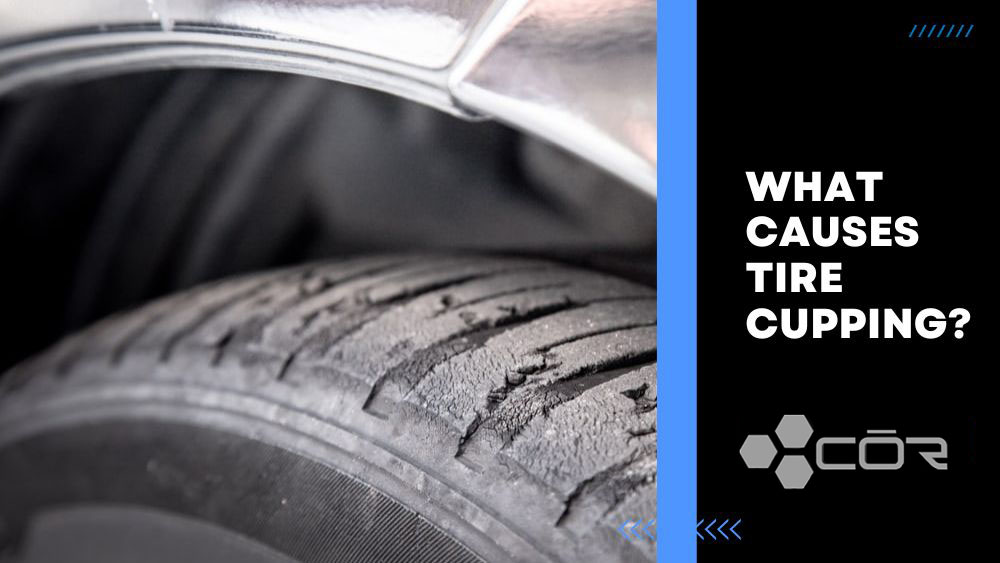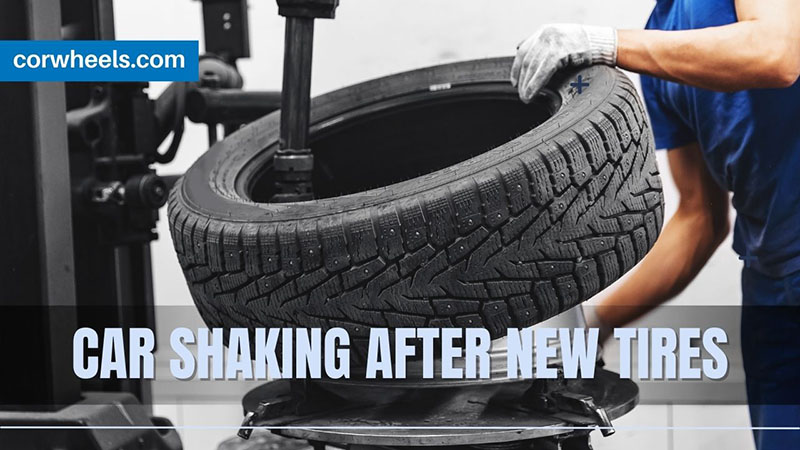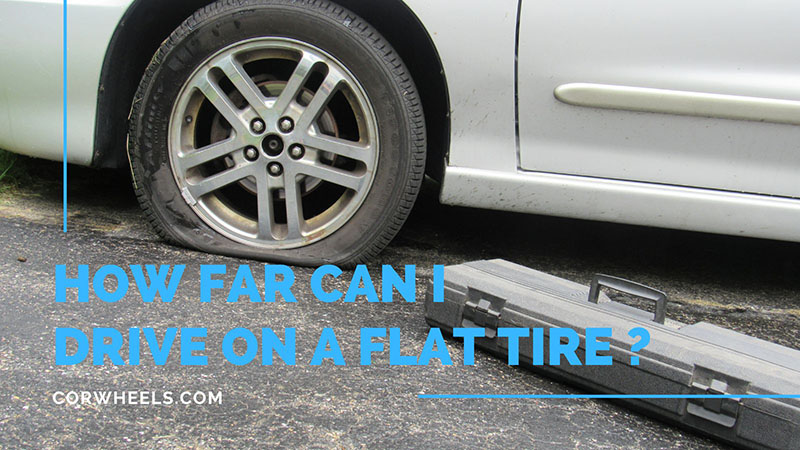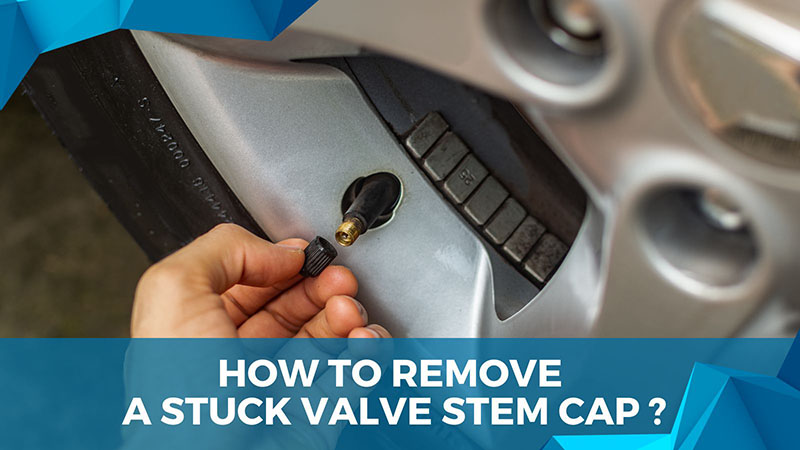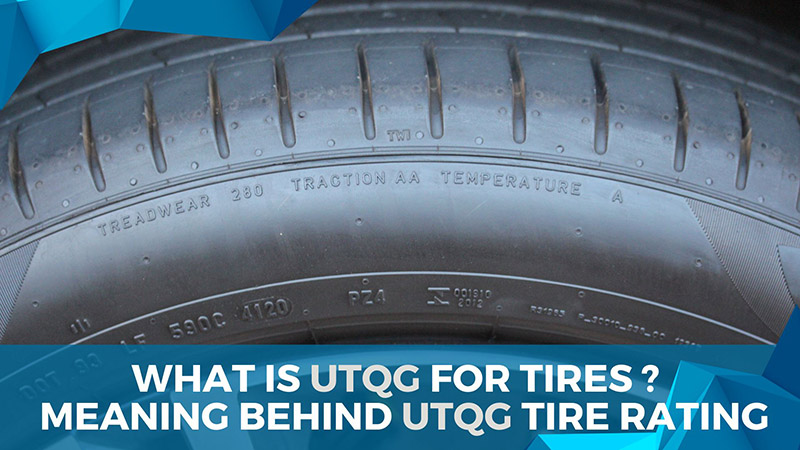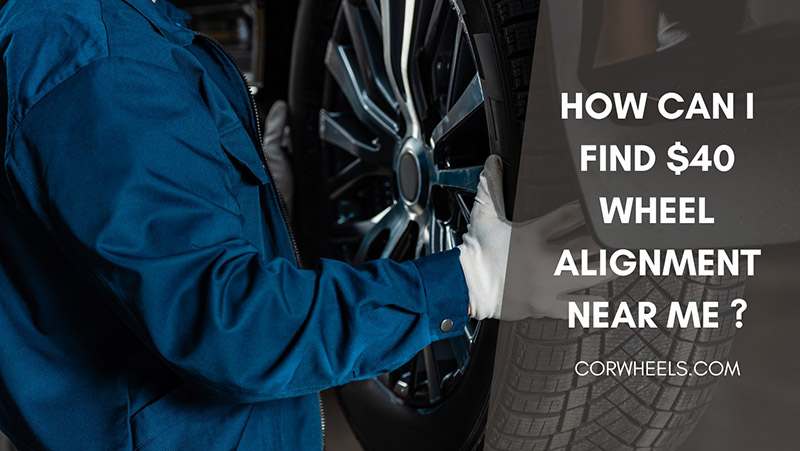Despite being around for decades, Michelin remains the biggest manufacturer in the automobile tire industry, leaving a long-lasting mark on both fans and non-fans of stylish cars.
With such impeccable popularity, one would expect the brand’s origin/manufacturing to be of common knowledge; yet, to my surprise, many do not have the slightest clue!
My article will address this mystery by detailing who makes Michelin tires and where they are produced. Keep scrolling!
In this article:
Where Are Michelin Tires Manufactured?
Apart from France, where it was established by the Michelin brothers in 1889, the brand also manufactures its tires in many Western nations (US, UK, Brazil, Spain, Poland, Italy, Germany, Canada, Serbia) and even the legs of Asia (China, India, Japan, and Thailand).
| Continents | Countries | Manufacturing Facilities/Production Plants |
| Europe | France | 20 |
| Germany | 6 | |
| Serbia | 1 | |
| Poland | 1 | |
| Spain | 4 | |
| Italy | 4 | |
| The U.K | 3 | |
| Asia | Thailand | 6 |
| China | 4 | |
| India | 1 | |
| Japan | 1 | |
| The Americas | United States | 30 |
| Canada | 3 | |
| Brazil | 3 |
Specifically, by 2008, Michelin was officially the largest tire manufacturer in the world after years of ranking second behind Bridgestone.
Its car and truck tires are produced/manufactured in France, Poland, Serbia, Spain, U.S., Germany, Brazil, the U.K., Italy, India, Japan, Thailand, and many more.
Plus, Michelin is also the parent company of numerous international companies, which further aids its global influence and tire manufacturing:
- Michelin owns Kormoran (a Polish label) and 90% of the Hungarian company Taurus Type.
- In 2018, it acquired Camso, a Canadian manufacturer that produces off-road tires, power sports accessories, and material handling/construction equipment.
- In 2019, Michelin bought Multistrada Arah-Sarana (from Indonesia, which produced Corsa and Achilles Radial tires). It owned 99.64% of Multistrada’s share capital in June of the same year.
How Are Michelin Tires Made?
After investive research, more than 200 materials are combined to manifest the tire’s tread, traction, shape, and abrasive resistance. The tire’s construction is then polished and finalized via manual or automated procedures – before being put under the test. Those passing the test will be mass-distributed to different countries in the world.
Step 1. Research
Before the manufacturing process, Michelin spends a lot of time and investment in market research, ensuring further product enhancements and innovations are within reach.
Step 2. Create and Blend Materials
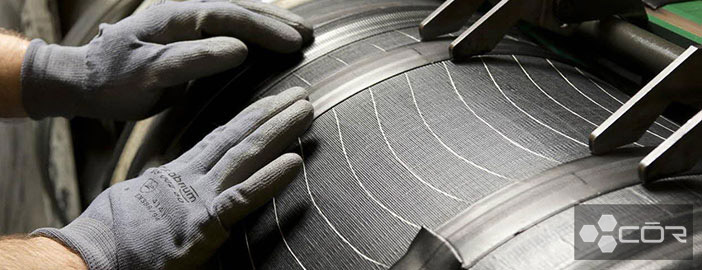
A typical Michelin tire incorporates 200 different substances to strengthen the car’s performance, environmental friendliness, fuel economy, and safety. They are categorized into four groups:
- Synthetic and Natural rubber: mixed into the tire’s treads.
- Carbon black and Silica: Used to enhance abrasion resistance
- Textile and Metallic reinforcing cables: Offering the required stiffness to give the tires their integrity and shape. These cables also play a part in traction development.
- Secret Michelin formula: These compounds and chemicals are kept a secret from the rest of the world, added by Michelin as a final touch for the tire’s quality.
Step 3. Design
Before construction, the team draws out plans from the drawing boards – where numerous design elements and concepts are proposed until everyone lands on the best idea.
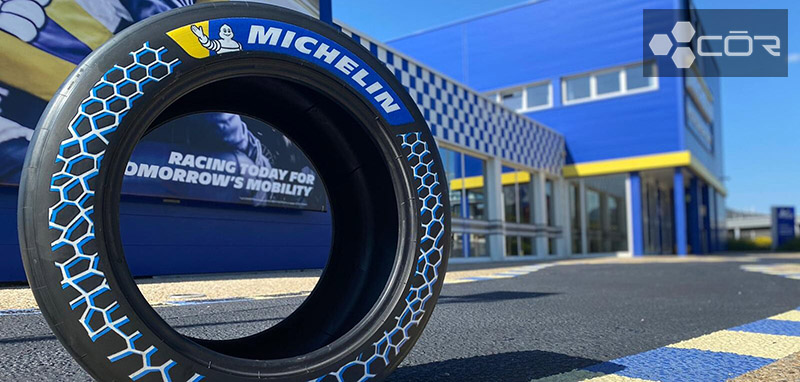
Step 4. Construction
Depending on the intended quality and design, Michelin constructs the tires using either manual or automated methods. Once the process is complete, the tires are double-checked using Michelin’s long-standing standards in fuel economy, performance, and durability.
Rumors have it that Michelin tires go through at least 1 billion testing miles per year – which equals 40,000 trips across the globe.
How Much Do Michelin Tires Cost?
A typical Michelin tire fluctuates between $145 and $875; the exact number depends on the tire type, the tire size, materials, and where you buy it. Michelin tires are much pricier than other manufacturers but acceptable considering its reputation and expertise.
And while at it, expect some other factors to affect the overall price as well. Cases in point include:
- Tire Sizes: Tires with 20-inch diameters obviously charge higher than 15-inch tires of the same category and materials.
- Tire Type: Ask yourself whether you need economy tires or ultra-performance ones.
- Materials: Certain materials (such as premium synthetic rubber) might influence the overall tire cost – a rule that almost every tire manufacturer in the industry abides by, not just Michelin.
What Qualities Make Michelin Tires Good?
Michelin has been an exemplary case of longevity, consistency, and top-tier track performance. This tire company has also received rave feedback for tire quality in colder climates, making it a reputed name among drivers in extreme-weather regions.
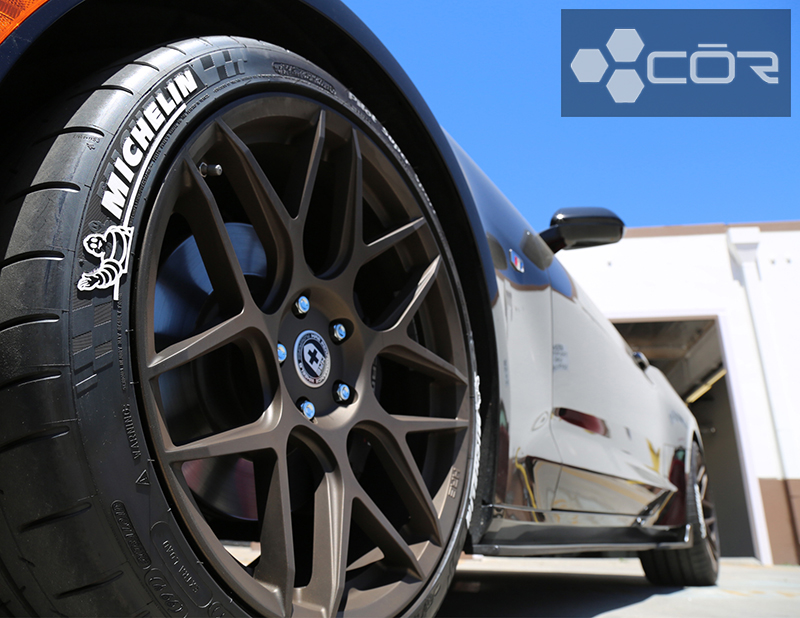
Even Wear and Longevity
Compared to their rivals, Michelin tires enjoy longer mileage life and more even tire wear – evident in models like the Pilot Super Sports. Even heavy abuse, improper pressure, and irregular rotations on wet roads cannot rob these road truck tires of their efficiency.
Consistency
Michelin pays close attention to the tire’s radial force diversity, ensuring its roundedness can conform to different driving terrains and system specifications. As a result, these tires barely require any weight balance and provide a smooth trip from beginning to end.
Impressive All-Season Tires During Cold Weather
While most products labeled as “all-season” from other tire brands can only work best in warm or average climates, Michelin surpasses all by producing tires with excellent cold-climate grip.
They strike an impressive balance between highway noise, wear, and grip, boosting your driving experience to new levels.
Performing Well On Track
The Michelin Sport Pilot Cup 2 is among the best examples of the brand’s powerful track performance. Thanks to the incorporation of sunflower oils and the “secret Michelin formula,” they are a sight to behold in every racing season.
The Best Michelin Tires to Buy
Pilot Sports 4S, Primacy MXM4, Primacy HP, Defender LTX M/S, and CrossClimate 2 are the four most popular Michelin models to date, as per customer reports. They are not expensive (falling into the middle range of Michelin’s pricing) while still offering exceptional performances.
Their prices are as follows (for reference only; the cost varies among sellers):
| Michelin Tire Model | Cost |
| Pilot Sports 4S | $217.99 |
| Primacy MXM4 | $212.24 |
| Michelin Primacy Tour A/S | $199.85 |
| CrossClimate 2 | $183.99 |
Conclusion
Lauded as the largest tire company, Michelin’s production facilities have touched almost every major tire market in the world. Hence, buying a set of Michelin tires is definitely not difficult!
Your only job is to double-check the tire ratings, pricings, and designs to see which models suit your vehicle type (light truck/car/van, etc.) best.
You might also like these articles:

